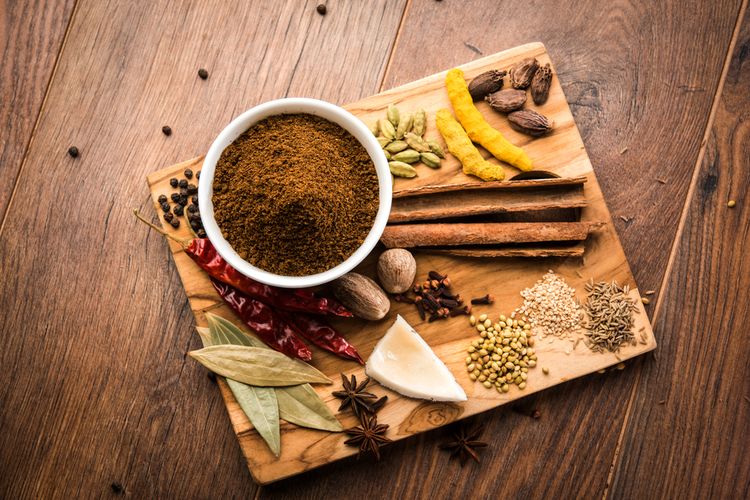KOMPAS.com – Garam masala is a mixture of spices often used in Indian cooking. The spices for garam masala are usually roasted first so that the taste and aroma are more pronounced, then ground finely.
As for the word masala In Indonesian it means spices and salt apparently means hot.
However, garam masala doesn’t necessarily mean a spicy mixture; The spiciness depends on the type and amount of spices used.
Also read: What is Garam Masala? Typical Indian spices that make dishes delicious
Garam masala in powder form is usually gluten-free, vegan and suitable for vegetarians.
Garam masala variant
There is no single recipe for garam masala. The composition varies depending on the region and the tastes of each cook.
In North India, especially in the Punjab region, garam masala usually relies on black pepper as a spicy element, with a predominance of sweet-smelling spices.
This makes the garam masala from the region tend to be mild, and the level of spiciness is obtained from the addition of fresh chilies when cooking.
The further south you go, the garam masala tends to be spicier because it usually contains dried red chilies. The types of spices used can also differ, depending on local spice availability.
Also read: 5 Benefits of Garam Masala, Perfects the Taste and Warms the Body
Garam masala recipes are often passed down in families, and the skill of mixing spices is a matter of pride in India. Every chef tries to make the best garam masala mixture according to taste.
The origin of garam masala
Garam masala is believed to have originated in North India, specifically in traditional Mughal cuisine. In Ayurvedic medicine, the spices in garam masala are considered a warming agent that can increase metabolism.
North India, which has cold winters, especially appreciates this warm spice blend. Garam masala then spread throughout India and even to Iran.
 Garam masala, a typical Indian spice blend
Garam masala, a typical Indian spice blend
Garam masala composition
If you buy garam masala, you should check the label to find out what spices it contains. Garam masala generally contains:
- Coriander
- Cumin
- Cardamom
- Clove
- Black pepper
- Cinnamon (or cassia)
- Nutmeg
In other variations, garam masala may contain turmeric, saffron, fennel seeds, ginger, garlic, mustard seeds, mace, star anise, tamarind, fenugreek, bay leaves, Malabar leaves, or dried red chilies.
Taste of garam masala
Garam masala provides a warm, sweet, floral aroma and a hint of spiciness from black pepper. This spice aims to add fragrance and taste to cooking.
Also read: 3 Differences between Garam Masala and Curry Powder, Spice Mixtures in Typical Indian Cooking
Although cumin, coriander and turmeric are also often used in curry, garam masala is not as spicy as regular curry.
How to cook with garam masala
Garam masala is usually added towards the end of the cooking process to provide flavor and aroma to the dish. Some people also sprinkle garam masala over the dish to enhance its aroma.
Typically, garam masala is made fresh from whole spices and used within a few days to maintain its quality. Garam masala is also often used with other spices or flavorings in one dish.
Listen breaking news And selected news we’re right on your phone. Choose your favorite news channel to access Kompas.com WhatsApp Channel: https://www.whatsapp.com/channel/0029VaFPbedBPzjZrk13HO3D. Make sure you have installed the WhatsApp application.






